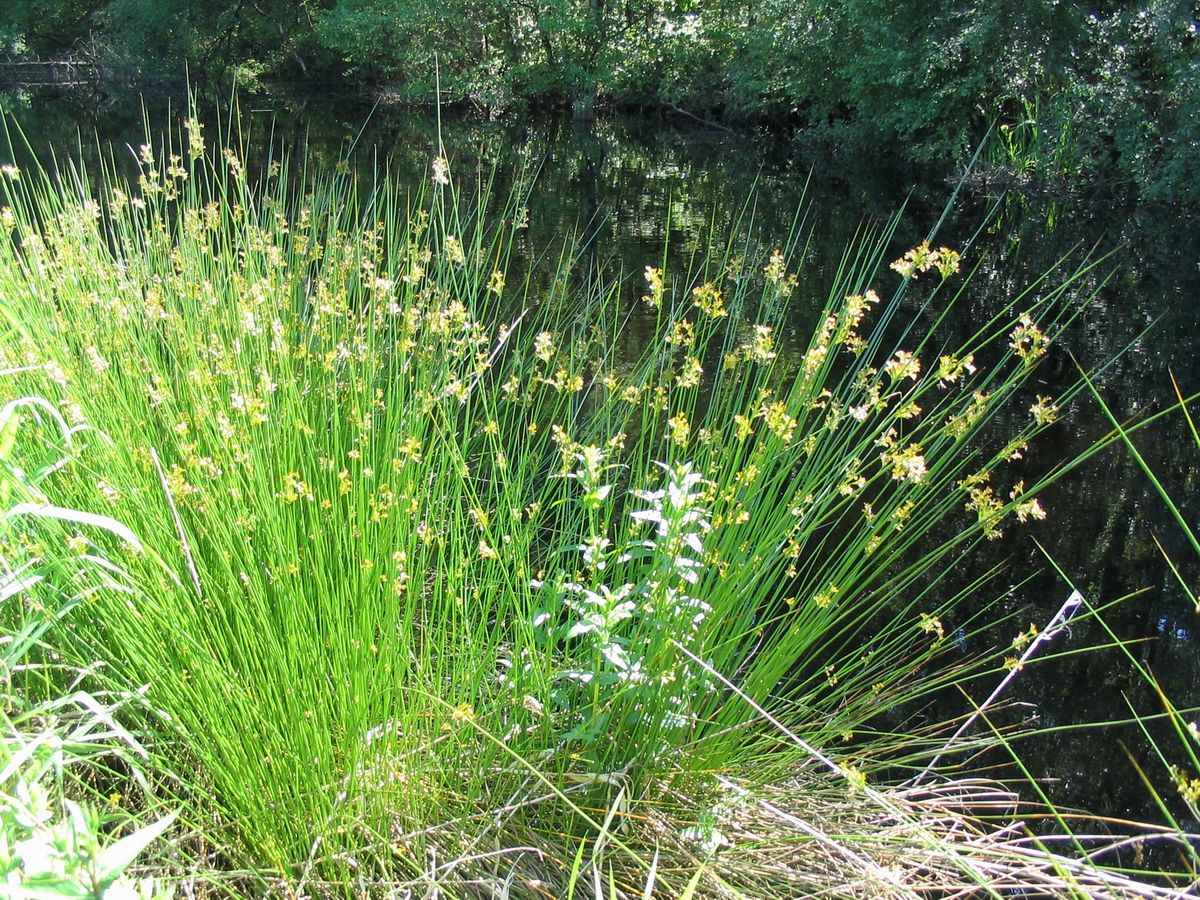Telemark
5 year old buck +
The multi-species “jumbo plots”, as I call them, are key to November-December doe harvest. At that time of year, I really cannot afford for them to become deer deserts, which they well could resemble without the soybeans.
If you do go ahead with the rotation, it might be a good idea to add a little brassica mix to your beans for a few years to see if the deer learn to eat it. This would help with that late season food supply for the deer. If they never end up eating it, you've only spent about 50 bucks, and it still contributed to your soil.



